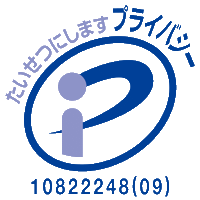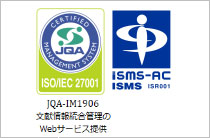ホームIMICライブラリMMWR抄訳2009年(Vol.58)急性栄養失調症の有病率と食料配布プログラムの運用に・・・
2009/06/05Vol. 58 / No. 21
MMWR58(21):591-594
Impact of New WHO Growth Standards on the Prevalence of Acute Malnutrition and Operations of Feeding Programs - Darfur, Sudan, 2005-2007
急性栄養失調症の有病率と食料配布プログラムの運用に対する新しいWHO発育基準の影響-ダルフル州、スーダン、2005-2007年
乳幼児の栄養失調の判定には、1960年代と1970年代にアメリカの人工栄養にて保育された乳幼児データを基に1977年に標準化されたWHO/CDC /NCHS(National Center for Health Statistics)の発育基準が用いられている。2006年にWHOは新しい国際的発育基準を発表した。新しい基準に移行する影響を評価するために、 2005~2007年のスーダン、ダルフル州の6~59ヶ月齢の乳幼児における旧基準と新基準によるGAM(全急性栄養失調)およびSAM(重度急性栄養失調)の有病率と食料配布プログラムの適用率を比較した。WHO/CDC/NCHS基準および新WHO基準では、ともにGAMはZスコア-2未満または両側性浮腫、SAMはZスコア-3未満または両側性浮腫とされ、食料配布プログラムが適用される中等度急性栄養失調症はWHO/CDC/NCHSにて男女別対平均体重(%)が70%以上80%未満、浮腫なし、重度栄養素失調は70%未満または両側性浮腫、新WHO基準では中等度はZスコア-3以上-2未満、重度は-3未満または両側性浮腫である。これに従って判定した結果、WHO/CDC/NCHSによるGAMおよびSAM有病率は13.7%、1.8%、新 WHO基準ではそれぞれ15.6%、3.6%であり、GAMは14%、SAMは100%増加した。食料配布プログラムが適用される中等度栄養失調児は 7.7%から12%と56%増加、重度栄養失調児は1.0%から3.6%へ260%増加した。2007年データの分析では重度栄養失調児は約6,800名から30,000名へ増加し、治療的食料配布プログラムに要する費用は約470万ドルと推定された。
References
- Dibley MJ, Goldsby JB, Staehling NW, Trowbridge FL. Development of normalized curves for the international growth reference: historical and technical considerations. Am J Clin Nutr 1987;46:736-48.
- Hamill PV, Drizd TA, Johnson CL, Reed RB, Roche AF, Moore WM. Physical growth: National Center for Health Statistics percentiles. Am J Clin Nutr 1979;32:607-29.
- World Health Organization. An evaluation of infant growth. WHO Working Group on Infant Growth. World Health Organization: Geneva, Switzerland; 1994.
- World Health Organization. WHO child growth standards: length/height-for-age, weight-for-age, weight-for-length, weight-for-height and body mass index-for-age: methods and development. Geneva, Switzerland: World Health Organization; 2006.
- de Onis M, Garza C, Onyango AW, Martorell R, eds. WHO child growth standards. Acta Paediatrica 2006;450(Suppl):1-101.
- World Health Organization. Physical status: the use and interpretation of anthropometry. World Health Organ Tech Report Ser 1995;854.
- World Health Organization and UNICEF. WHO child growth standards and the identification of severe acute malnutrition in infants and children. A joint statement by the World Health Organization and the United Nations Children’s Fund. Geneva, Switzerland: World Health Organization and UNICEF; 2009.
- World Health Organization. The management of nutrition in major emergencies. Geneva, Switzerland: World Health Organization; 2000.
- Bachmann M. Cost effectiveness of community-based therapeutic care for children with severe acute malnutrition in Zambia: decision tree model. Cost Eff Resour Alloc 2009;7:2.
- Seal A, Kerac M. Operational implications of using 2006 World Health Organization growth standards in nutrition programmes: secondary data analysis. BMJ 2007;334:733.
Copyright © 2013 International Medical Information Center. All Rights Reserved.












